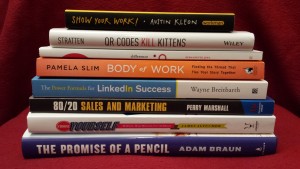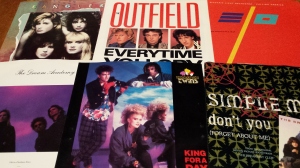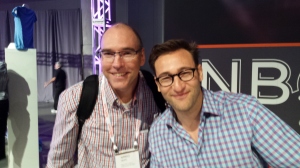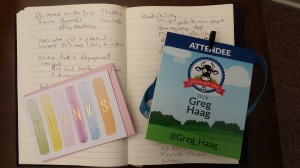
I’m a life-long learner and I’m always looking to feed my curiosity. For a living I’m a digital marketing manager, so you’ll find a few marketing related books on the list, but my interests are vast so there’s other topics also.
I’m drawn to stories on music, human potential, achieving greatest, innovation and creativity. I think this list covers these topics admirably. I found them full of inspiration and I’m positive you will as well.
My favorite books of 2020:
The Moment of Lift (How Empowering Women Changes the World) by Melinda Gates
Kindness and Wonder (Why Mister Rogers Matters Now More Than Ever) by Gavin Edwards
Think Like a Rocket Scientist (Simple Strategies You Can Use to Make Giant Leaps in Work and Life) by Ozan Varol
An Astronaut’s Guide to Life on Earth (What Going to Space Taught Me about Ingenuity, Determination, and Being Prepared for Anything) by Col. Chris Hadfield
How to Decide (Simple Tools for Making Better Choices) by Annie Duke
Content Chemistry (The Illustrated Handbook for Content Marketing) by Andy Crestodina
The Content Fuel Framework (How to Generate Unlimited Story Ideas) by Melanie Deziel
Dreaming the Beatles (The Love Story of One Band and the Whole World) by Rob Sheffield
What did you read in 2020 that inspired you? What do you plan to read this year?









Follow Me!